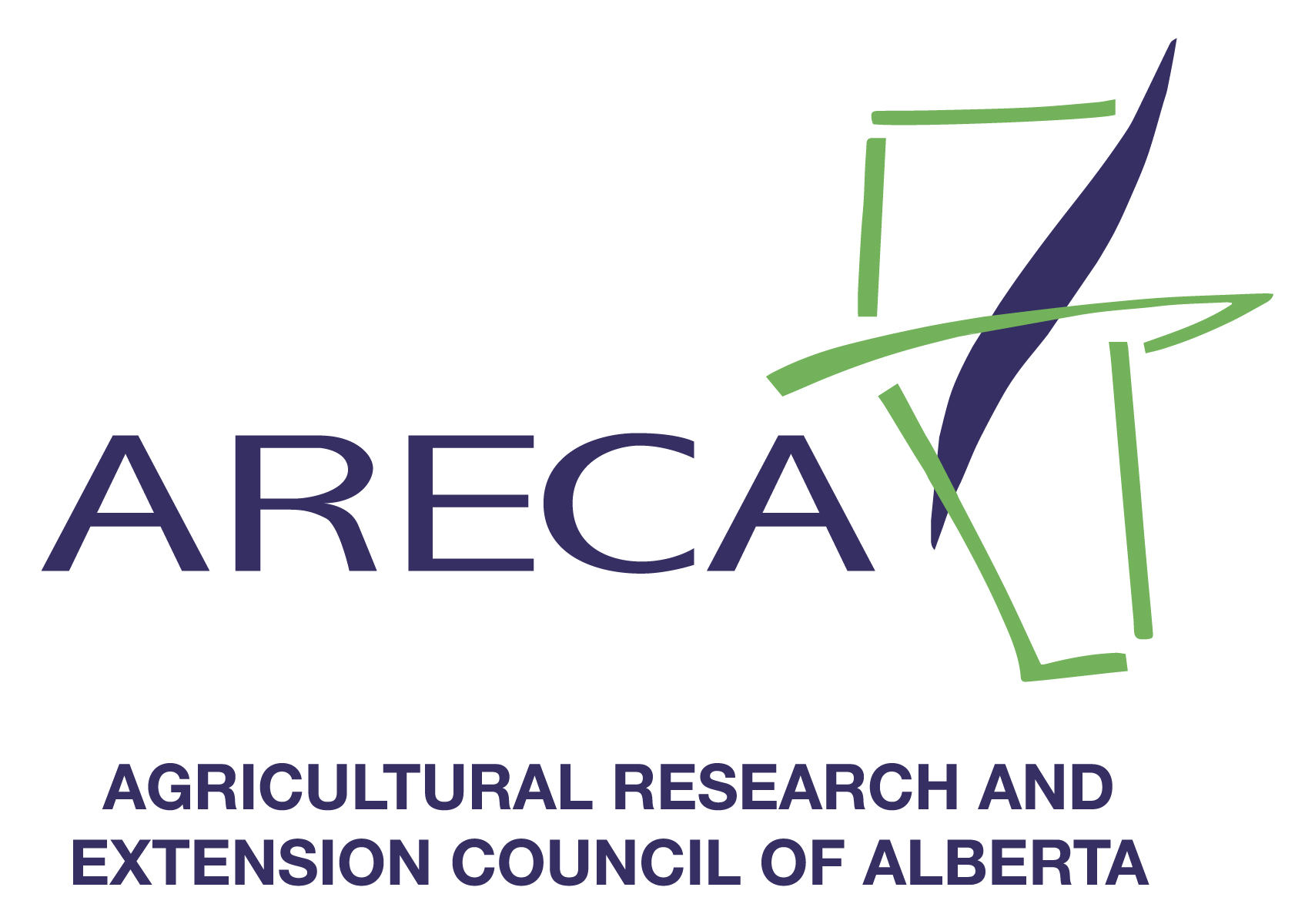Both play key roles in the overall sustainability of a farm or ranch
Although the terms “water source” and “water body” are sometimes used interchangeably in casual conversation, for the purposes of the Environmental Farm Plan (EFP) program they are defined differently. A key distinction between water sources and water bodies is whether they were developed for water use or exist as natural water bodies.
Water sources
Water sources are developed structures such as a well, dugout, dam, cistern, municipal pipeline, developed spring, irrigation canal or unused well containing raw or potable water. They have typically been developed for human or livestock use. The quality of water from these sources should be monitored and tested every one to two years, with records of this activity maintained and incorporated into farm management plans.
Some key ways to protect water sources include avoiding cross-connections in the delivery system and installing backflow preventers on all hydrants, water distribution lines, and faucets with hose connections. Another is to meet or exceed minimum separation distance regulations by storing fuel, fertilizer, manure, chemicals and other possible sources of contamination as far away from water sources as possible.
Water bodies
Water bodies are locations where water flows or is present on an intermittent or permanent basis such as lakes, rivers, streams, creeks, undeveloped springs, borrow pits, sloughs and wetlands. To be defined as a water body, water should be present for more than three months out of an average year. The majority of water bodies are locations where water flows or is present in a natural state. They are quite often connected with other bodies of water.
Borrow pits, which are normally excavations to obtain material for road construction, are sometimes left as undeveloped water bodies and not used for farm use. For the sake of simplicity, the EFP process considers these the same as sloughs and lakes, unless they have been developed and used as farm dugouts.
The riparian areas of water bodies maintain water quality by filtering and trapping pollutants, and conserving and recharging groundwater and surface water supplies. They also provide forage and shelter for livestock under managed conditions, temporary storage for runoff water, and habitat for an array of plant and animal life.
Water bodies can be protected by making sure wetlands are not drained or filled in, leaving them to function naturally with little or no human or livestock use, and establishing buffer zones adjacent to all riparian areas. Hiring a qualified resource persons to develop a riparian area management plan, a biodiversity and wildlife habitat plan, and to complete riparian health assessments is also key.
Consideration should be given to shorter-term, temporary or intermittent water bodies, says Ken Williamson, a water specialist with Alberta Agriculture and Food (AF). “If the water percolates into the ground, and that water was contaminated, will it contaminate groundwater?”
Available Assistance
Information and assistance on water protection, as well as a number of other on-farm environmental practices, is available through a strong network of EFP Technicians throughout the province.
This article may be reprinted with the credit: Alberta Environmental Farm Plan
For more how-to fact sheets or other information, visit www.albertaEFP.com.
 Initiative
Initiative



